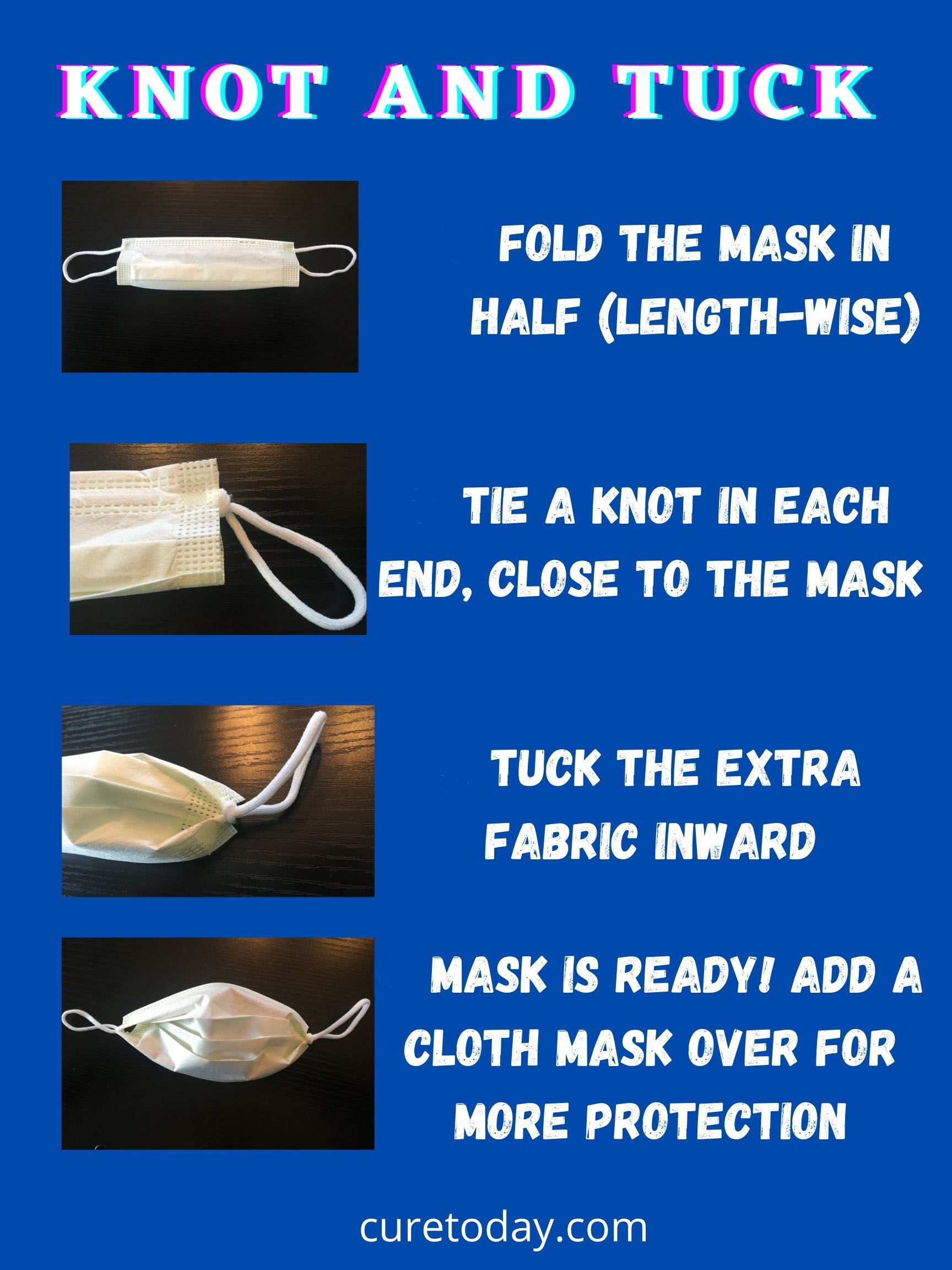Article
Amidst New CDC Recommendations, Oncologist Offers Tips on Best Masking Practices for COVID-19 Prevention
Author(s):
From when to replace masks to addressing a CDC-recommended strategy to improve the effectiveness of surgical masks, Dr. Tatiana M. Prowell of Johns Hopkins Medicine offers masking tips for patients with cancer.

Patients with cancer and other immunocompromised individuals are being urged by the Centers for Disease Control and Prevention (CDC) and medical professionals to wear high-quality masks to protect themselves from COVID-19, especially as infection rates from the spread of the omicron variant continue to surge across the United States.
However, as society approaches two years of mask-wearing, people may be wondering how often they should replace their masks, or if there is anything that can be done to improve how well a mask protects patients. Recently, CURE® spoke with an expert in the cancer space to identify best mask-wearing practices.
Seek Out Fit and Filtration
Look for fit and filtration, explained Dr. Tatiana M. Prowell, associate professor of Oncology at Johns Hopkins Medicine, in an interview with CURE®.
“The filtration of these (N95 and KN95) masks continues to be pretty good probably for about a week of use or more if you’re not wearing it all day long. But fit becomes more of an issue,” Prowell said. “If you’ve taken the mask on and off and folded it and unfolded it and stuffed it in your purse or in your pocket, you may no longer be getting a good seal against the face… If there’s a way for the virus to go through the path of least resistance — down the top of your mask or up your cheek — then you may find that the mask is not as protective.”
If the mask is visibly soiled, wet, deformed or no longer forming a seal, then it is likely time to replace it, Prowell explained, emphasizing that patients with cancer should seek out high-quality masks, such as N95s, KN95s or KF94s, since both the disease and treatments may cause individuals to be immunocompromised and increase their risk of contracting or having worse outcomes from COVID-19. In fact, the CDC last week updated its masking recommendations to encourage people to use these kinds of masks, but stopped short of recommending one cloth over another.
While early shortages of these masks may still haunt the minds of the people who need them, Prowell said that is not likely to happen again, since so many of these masks have been made since the start of the pandemic.
“I think that a shortage is unlikely. Even if we did see a shortage, (it would) very unlikely be a shortage that was so severe that any immunocompromised patient, health care worker or frontline person who has to interface with the public would not be able to have access to the mask. I’d be very surprised by that,” she said.
“Fold and Tuck” Surgical Masks
For individuals who have difficulty tolerating an N95, KN95 or KF94 mask all day, Prowell said that there is a way to make surgical masks more protective — something the Centers for Disease Control and Prevention (CDC) calls the “fold and tuck” process.
“A surgical mask, when you do this fold and tuck technique and put a cloth mask over it, that actually provides very good protection. It’s not quite as good as an N95 or KN95, but it’s really quite good because you do have multiple layers of masks for good filtration, and you’ve improved the fit.”
Better Days Ahead
With proper masking being yet another thing that patients have to worry about, Prowell recognized the added stress that the COVID-19 pandemic has put on patients with cancer.
“I really feel for our oncology patients and their families. Everybody who has a high-risk health condition has been under an extraordinary amount of stress. You’ve been told over and over in the pandemic that you’re at high risk for COVID-19 and poorer outcomes. That’s a lot of stress to be getting that message all the time,” she said.
With the vaccines, boosters, preventive drugs and new treatments for COVID-19, Prowell said that there will be better days ahead.
“There is a light at the end of the tunnel. This isn’t going to go on forever, even if the virus was always here,” she concluded. “We will have different things in our toolkit, so we won’t be living the same way that we’re presently living forever … (Patients) should stay hopeful.”
For more news on cancer updates, research and education, don’t forget to subscribe to CURE®’s newsletters here.




